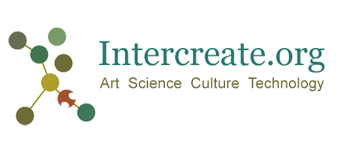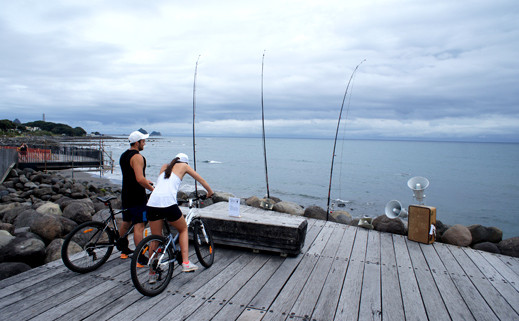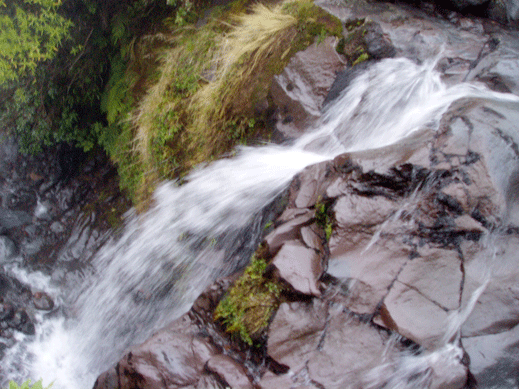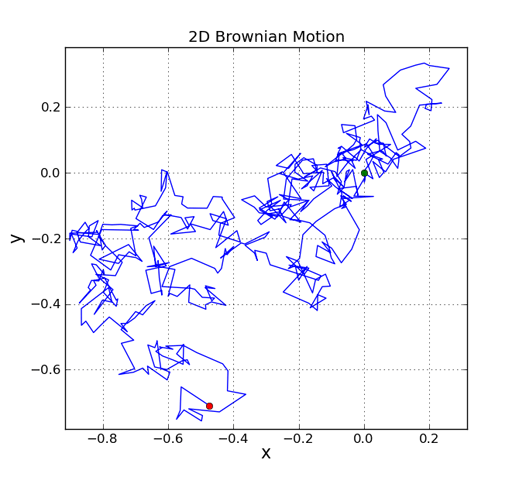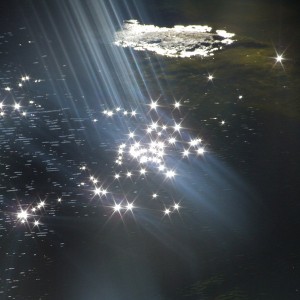
Photo by Jo Tito
.
Celebrating International Peace Day with a call for projects on Water and Peace
This is the call page for SCANZ2015:water*peace. Below is information about project types, application process and the submission link.
Water is essential to survival, revered and respected worldwide for its power, curative and creative abilities. Water as a resource has become intensely politicised and monetised, in contrast to the view that access to fresh water is a fundamental human right. Peace is also essential to the sustainability of humans on Earth. Join us to discuss and put forward positive, connecting views on water and peace that engages our community. This is the first call for projects and residency with submissions due November 8, 2013 (this allows for planning and fundraising). A second call with revised dates will be issued shortly. Read more about the ideas behind the project…

Project components
Noho marae
SCANZ2015: water*peace will be the fifth SCANZ residency and starts in January 2015. It will commence with noho marae (overnight stay) at Parihaka, world renowned as a site of peaceful protest. The stay coincides with the 18th and 19th, when Te Whiti and Tohu, leaders of the peace movement are celebrated.
Open residency
This will be followed by a two week open, creative and interdisciplinary residency. It is our hope that tangata whenua, indigenous peoples, New Zealanders and other global citizens will be able to take part.
We are suggesting that artists, environmentalists, technologists, scientists, writers, performers, dancers, permaculturalists and people interested in the positive aspects of water and peace, all take part. Anyone can submit a project in one or more of the categories listed further down this page.
Temporary works in public space
We would like to have five to seven temporary works in public space, shown for one day or overnight on the final weekend of the residency. These will be sited along a river walkway. No power will be provided at the sites, so solar, wind, and water powered projects are suitable (battery and static install are two further options).
Day of public activities about water, water quality and peace
We are seeking proposals for a day of activities that engage our local community in issues around water and peace.
Night time building projections
We are seeking projection works about water or peace, to be projected on to the side of a local building in the evening.
SCANZ hui
On the final weekend of the residency there will be a SCANZ hui. Day one is at WITT, the local polytechnic and allows for presentations that require technology, the internet, projectors etc. Day two is a walking symposium to view the artworks and have thematic discussions in the environment of the river walkways.
A separate call for hui/symposium presentations will be made at a later date, through the same application page on Easy Chair.
Categories of projects
Water and/or Peace residency and temporary public work (residency with public exhibition project)
Water and/or Peace residency (residency without an exhibited project)
Water and/or Peace temporary public work (no residency, public exhibition project)
Public activity day project
Night time projection on building
Online exhibition
Pure research
Process
Applicants should download the pdf application form by clicking the link below. This should be filled out and attached to the application made at EasyChair.
IMPORTANT: Fill out the SCANZ application pdf first, then go to Easy Chair and make yourself a log in. After entering your contact information, project title and submission abstract (max 500 words, target 350) with keywords, tick the appropriate category and topic. Upload the completed SCANZ pdf form in the field that says ‘Paper’. In the field that says ‘Attachment’ upload a .pdf, .doc, .docx or .txt which contains a a one page CV and a project image.
A two stage process will be used. Successful applicants will then be able to apply for accommodation and/or food subsidies from Intercreate. It will also be possible to apply for micro budgets for the public event one day of activities and river walkway art works.
This first call for applications is currently closed for review. A second call will be made, and announced via our email list, on Facebook and Twitter.
Submission page and useful links
Background to the project and issues of water and peace.
This short video is made by the people of Parihaka about Parihaka.
Pdf SCANZ2015 Application Form. Right click and download the form, open it in Acrobat and fill it out (Mac users, you cannot use Preview, it has to be Acrobat). Then attach the SCANZ form to your EasyChair submission.
We prefer pdf if possible at this stage. If you do not have Adobe Acrobat, scroll to the bottom of this page and there is a link to a Word file.
The Easy Chair submission page. The url in full is https://www.easychair.org/conferences/?conf=scanz2015
If you do not already have an Easy Chair log in, you will need to get one – the page you go to will prompt you, and once you have activated your account you will go to the SCANZ 2015 link.
Social media
Intercreate is adapting its online communication channels. Here is how to stay informed and tailor the way you connect with us:
Like us on Facebook and receive all Intercreate news & updates on events
Follow us on twitter to engage hybrid, interdisciplinary issues covering: art + technology + science + environment + cultural bridging
Join our Placestories project to share resources & discussion about SCANZ 2015 Water * Peace
SCANZ2015WordApplicationForm
